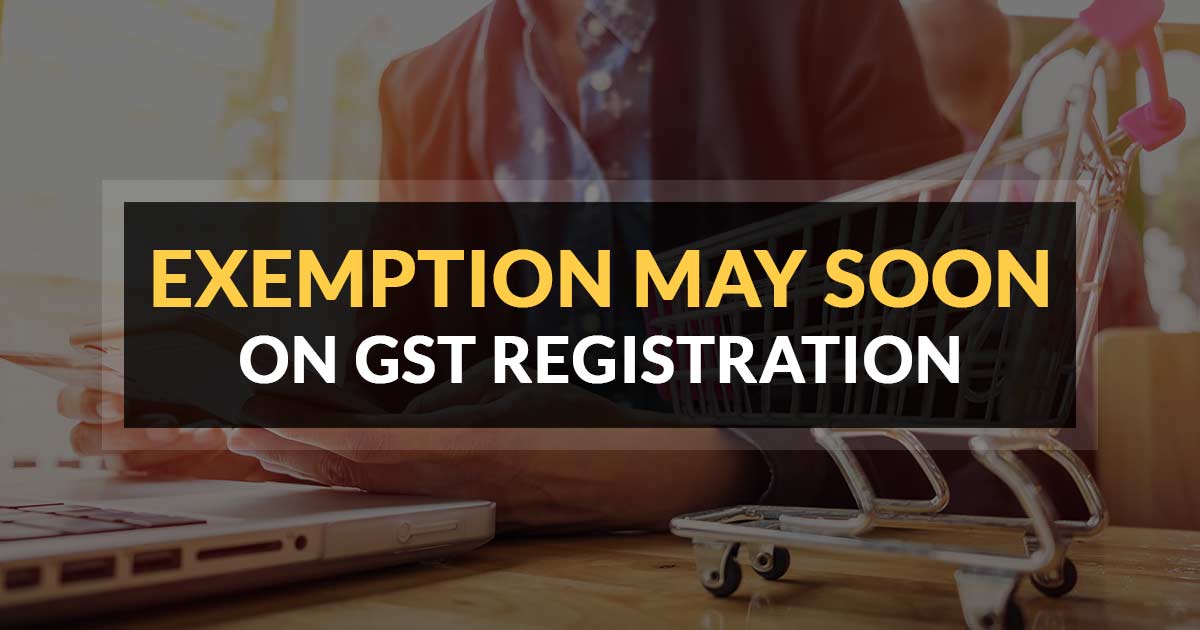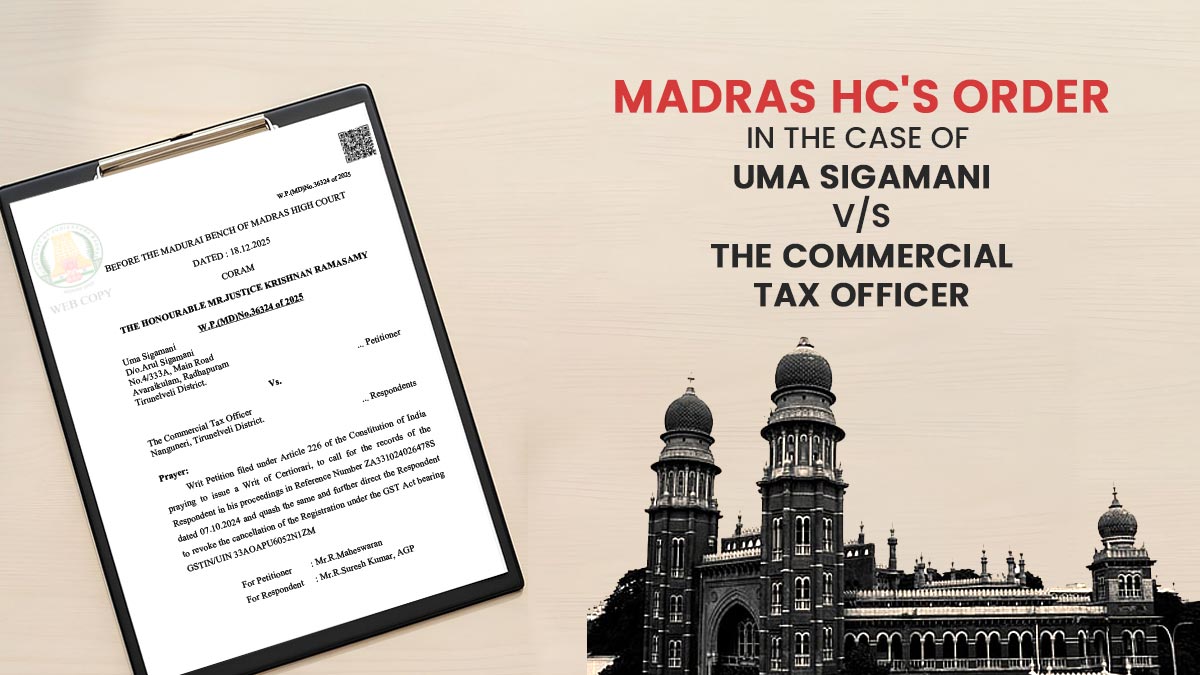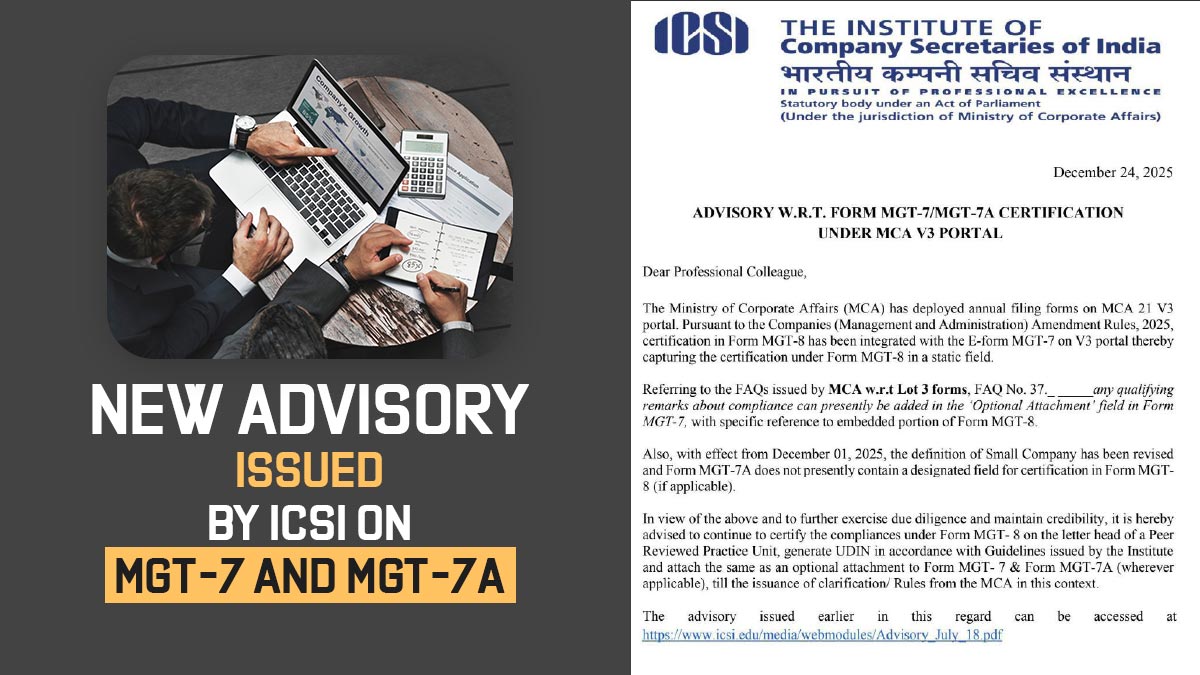
In a provision that increases the space of small companies via e-commerce, small online sellers might be privileged from GST enrollment and the discussion is amid the union and state governments on the same subject.
“Tax experts specified that Representations have come from the industry and trade to bring parity between online and offline sellers on the issue of GST registration, saying that the current norm comes in the way of small businesses reaching a larger customer base. Discussions are on between the central and state governments. The law committee of the GST Council will examine the matter before a decision is taken,”.
Whatever be the turnover all the e-commerce retailers should enrol for GST, while those who work offline required to register for GST only when they pose a total yearly sale exceeding Rs 40 lakh. The recommendation, if allowed would draw online and offline sellers in alignment with the GST registration.
While the GST officials that seem to meet subsequent month might acknowledge a proposal to remove a 5% slab through some goods of mass consumption to 3% and the rest to 8%. The officials might decide to prune the list of privileged items by dragging some of the no-food items to a 3% slab.
The governments decided to diminish the number of GST slabs from four to three. A mid slab of 15% shall be adopted replacing 12% and 18%. A 5% rate might get replaced with an updated rate of 6 or 7 per cent, this rate will get revised in a way that not exceeding four slabs are made at any point of duration.
At present, the GST system poses four slabs 5%, 12%, 18%, and 28%. There are 480 items beneath 18% slabs from which nearly 70% of the GST collection came out. While there would be items on the exempt list such as unbranded and unpacked food items that would not draw any levy.
The officials were indeed notified to seek the views of the states to raise the rates on 143 items. Some products on which the rates get increased are handbags, perfumes/deodorants, chocolates, chewing gums, apparel, walnuts, etc.









